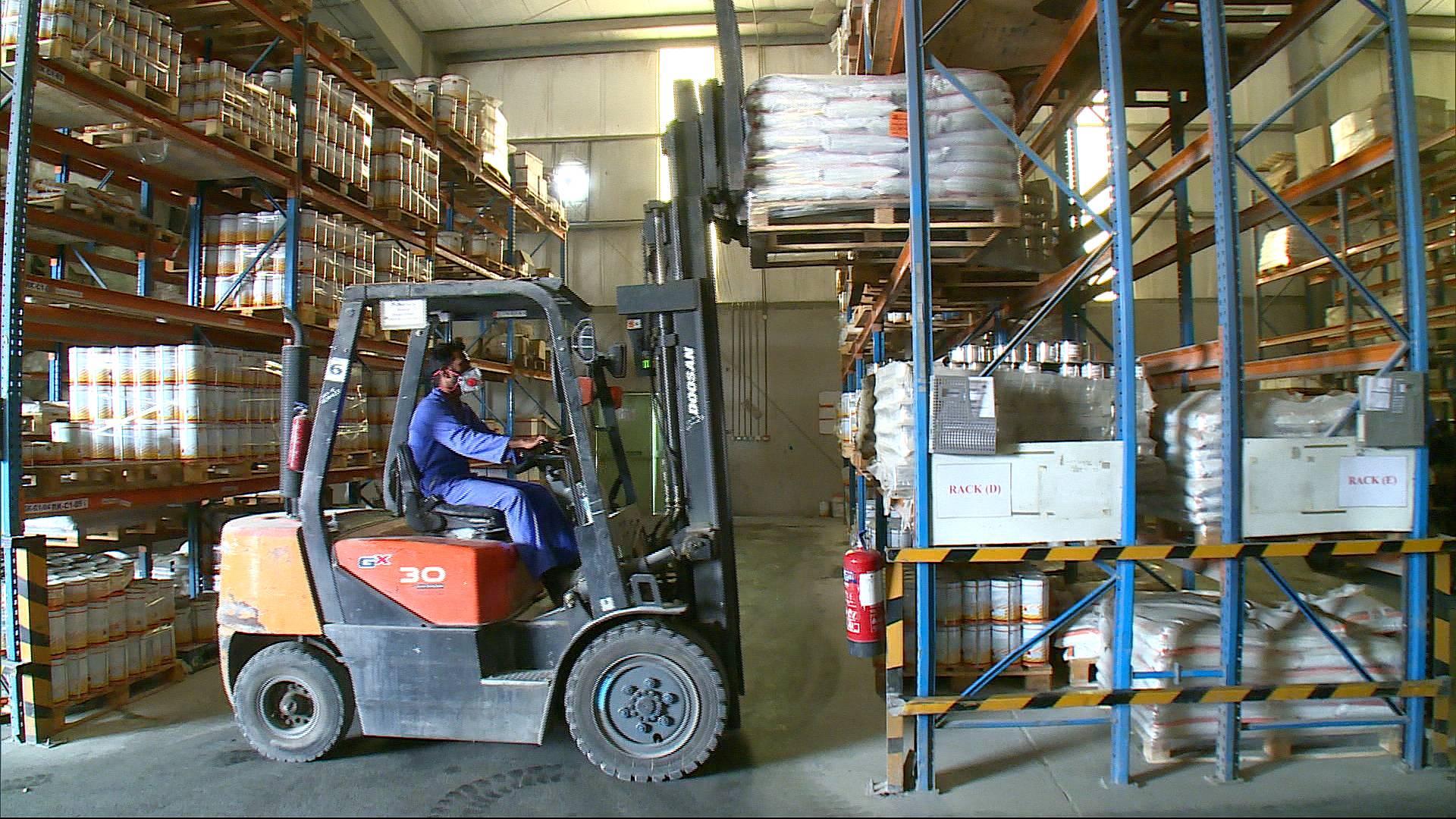The (Persian) Gulf Cooperation Council states will see its real GDP growth slow to 0.5% in 2017 due to lower oil output, even as its non-oil growth rises on improved global conditions and slower fiscal reforms, according to new projections from the IMF.
“Growth prospects in the medium-term remain subdued amid relatively low oil prices and geopolitical risks,” the IMF’s latest (P)GCC economic outlook report said, news outlets reported.
The energy-exporting Persian Gulf Arab states’ (Bahrain, Kuwait, Oman, Qatar, Saudi Arabia and UAE) growth has drastically slowed this year from 2.2% last year due to the low oil prices and some countries’ compliance with a global oil output cut that is trimming 1.8 million barrels of oil per day from the oversupplied market.
The agreement, which came into force in January, has been extended till the end of 2018, further dampening prospects for oil growth. (P)GCC countries are continuing to adjust to lower oil prices and substantial fiscal consolidation has taken place in most countries.
Non-Oil GDP Growth Sluggish
Non-oil GDP growth in some countries has slowed more than expected as governments implement fiscal consolidation reforms to bring down ballooning fiscal deficits caused by lower income from oil. The cumulative budget shortfalls in the region during 2018–22 are projected at more than $160 billion, the fund said.
Growth in the non-oil sector is expected to increase by the end of this year as the pace of fiscal consolidation slows. Non-oil growth will rise to 2.6% for 2017, up from 1.8% last year, according to the report. Over the medium-term, non-oil growth is projected to hover around 3.4%, half of the 6.7% average growth rate achieved during 2000–15.
“While non-oil growth is recovering in some countries, medium-term prospects remain relatively subdued, highlighting the importance of accelerated efforts towards economic diversification and private sector development,” the fund said.
The projected growth is benefiting from a pick-up in global economic activity. Global growth is forecast at 3.6% this year and 3.7% in 2018, compared to 3.2% in 2016.
(P)GCC countries should continue to focus on expenditure rationalization, further energy price reforms, increased non-oil revenues, and improved efficiency of capital spending, the report said.
New Revenues
Governments in the region are introducing some reforms to shore up government revenue and cut expenditures, with varying degrees of implementation across countries.
The UAE and Saudi Arabia introduced this year an excise tax on energy drinks and tobacco at a rate of 100% and on fizzy drinks at a rate of 50% and both plan to levy a 5% valued-added tax on January 1.
The fund estimates that revenue from these reforms, which will vary across countries, could generate 1.7 to 6.6% of non-oil GDP by 2020 depending on each country’s reforms.
The introduction of VAT in the region could generate new revenue of 1.5-3% of non-oil GDP, the fund said.
Policies should also aim to gear up banks to adjust to tighter liquidity situations so they can still support the private sector’s access to funding, the report said.
Rate Hike Impact
Most Persian Gulf Arab countries are raising interest rates, mimicking hikes in the US because of their currencies’ peg to the dollar. Only Kuwait links its dinar to a basket of currencies. With the US Fed predicting three interest rates hikes next year, the Persian Gulf Arab economies are set to face some problems as their economies are not aligned with the US.
Policy rate hikes by (P)GCC central banks in response to a 25 basis points (0.25%) increase in interest rates by the Federal Reserve on last week is widely seen as routine monetary policy decision to normalize the exceptionally low interest rates. However, the upward revision on lending rates across the (P)GCC is expected to increase cost of funds and adversely impact loan growth.
The UAE, Saudi Arabia and Bahrain followed the US in raising key interest rates on Wednesday, following the announcement from the Fed.
Bahrain’s central bank also raised its key interest rate by 25 basis points. The UAE Central Bank said it was raising its key interest rate by 25 basis points to 1.75%. Saudi Arabia raised its reverse repo rate, the rate at which commercial banks deposit money with the central bank, by 25 basis points to 1.50%. Bahrain also raised its key interest rate by 25 basis points to 1.75%.


